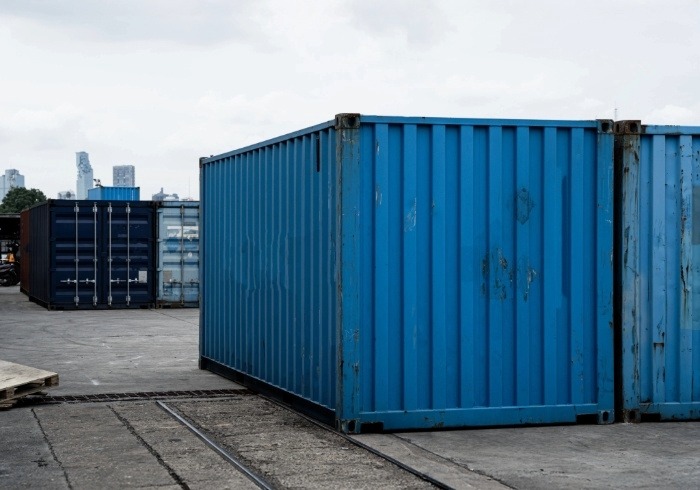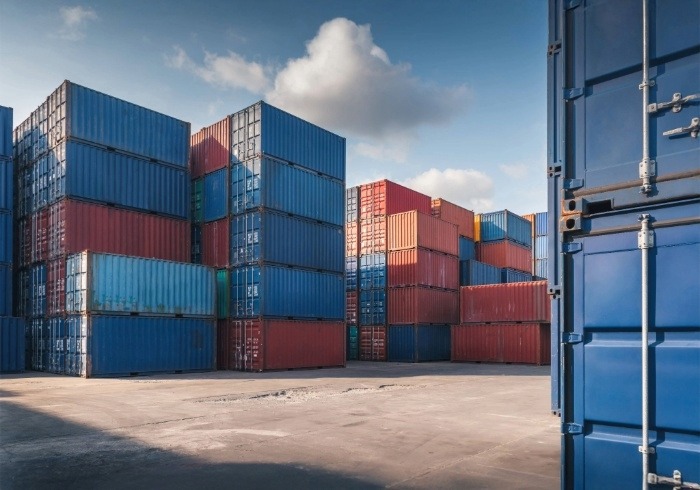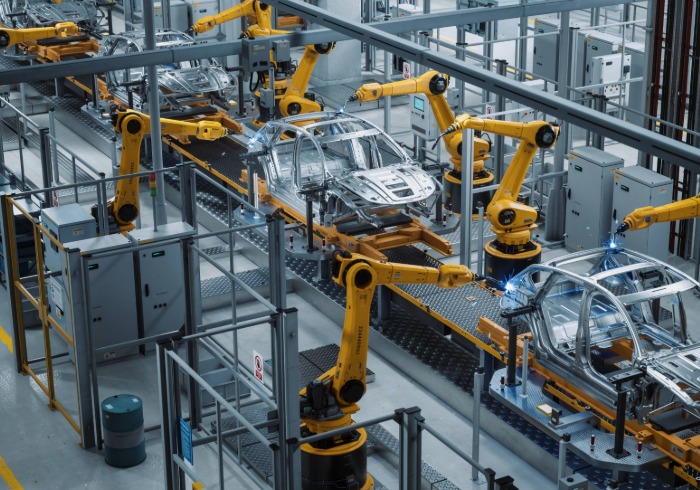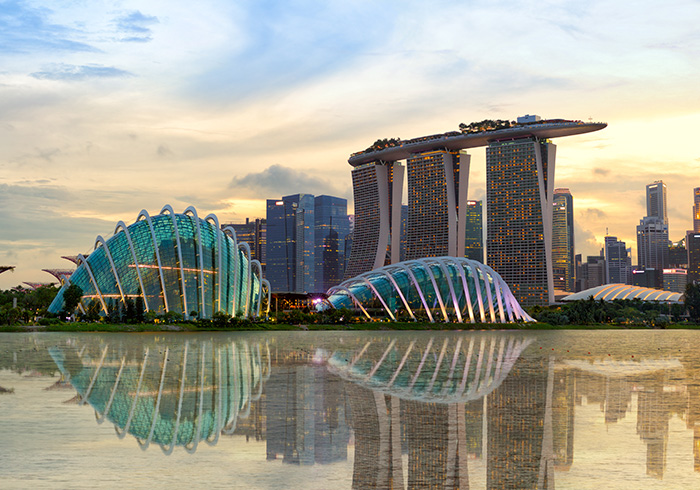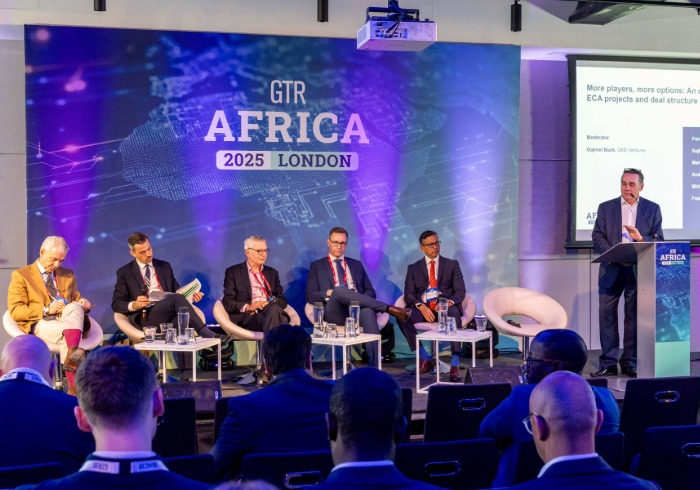The construction of the largest integrated refining and petrochemical complex in Saudi Arabia at a cost of US$9.8bn has began in the town of Rabigh on the kingdom’s west coast.
The presidents of the two main developers of the project – Saudi Arabian Oil Company (Saudi Aramco) and Sumitomo Chemical Co – broke ground for the Rabigh Refining and Petrochemical Company’s (PetroRabigh) project that is expected to be completed by the end of 2008.
Abdullah Jum’ah, president of Saudi Aramco, and Hiromasa Yonekura, president of Sumitomo Chemical, signed the final project financing documents in the presence of the minister of petroleum and mineral resources Ali Al-Naimi.
Al-Naimi has announced that PetroRabigh is the new driving force for the petrochemical industry in Saudi Arabia and for the overall economy.
The minister says that 25% of the project’s capital would be floated for public subscription.
Through PetroRabigh, which is a joint venture between Saudi Aramco and Sumitomo Chemical, Aramco is launching its first petrochemical venture in Saudi Arabia. Due to the enormous size of the project, the two companies decided to involve several local and international financial institutions in funding the complex.
The two companies raised a total of US$5.8bn from the Islamic Development Bank (IsDB), Japan Bank of International Cooperation (JBIC), Saudi Public Investment Fund and 17 other financial institutions including Calyon Bank, SABB, HSBC, Citibank, Riyad Bank, BNP Paribas and Bank of Tokyo-Mitsubishi UFJ.
Directly, the project is set to create third-party investment opportunities in Saudi Arabia’s private sector for utilities and other related infrastructure. In addition, the project is encouraging the participation of Saudi nationals in its ownership, thus benefiting them from its anticipated revenues.
Indirectly, the project will allow for the construction of an industrial complex to process all of PetroRabigh’s downstream products. “All infrastructure requirements for this industrial complex will be provided with enough capacity to accommodate more than 30 investment sites. We anticipate great success in attracting national and global investment for these downstream projects,” says Al-Naimi.
Plans for the project include, as the centrepiece of the expanded site of Aramco’s Rabigh refinery, a high olefins yield fluid catalytic cracker complex integrated with a world scale, ethane-based cracker. The crackers will produce around 1.3mn tons of ethylene and 900,000 tons of propylene annually as well as 60,000 barrels of gasoline daily in addition to other refined products. Downstream petrochemical units will be included to convert all of the olefin production to downstream products.
Saudi Aramco owns and operates a topping refinery at Rabigh with a nominal crude distillation capacity of 400,000 barrels per day. The existing site and infrastructure will serve as the base platform for the development of the Rabigh project.
The company has studied various upgrade alternatives for the refinery since the company became its owner in June 1995. These studies led to the conclusion that the best alternative to capture the synergies of the existing large crude capacity, together with significant investment in site and infrastructure, would be to expand the site into a large, fully integrated refinery and petrochemical complex.




